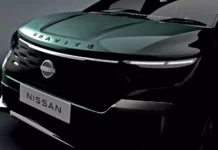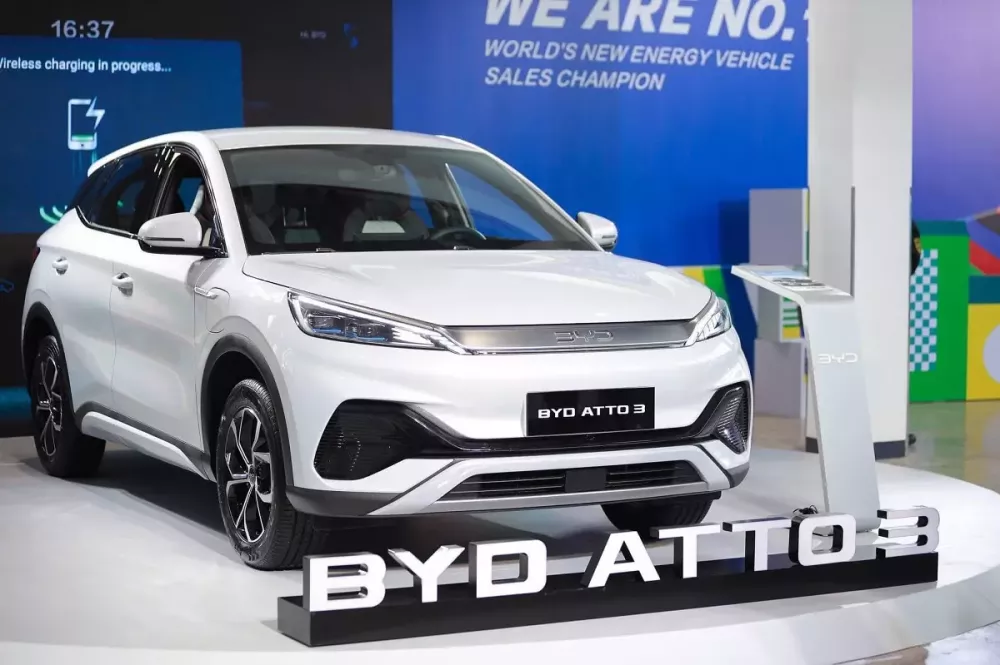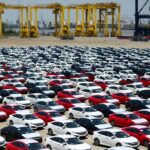The domestic auto assembly industry in Vietnam has traditionally enjoyed stronger sales compared to imported fully-built vehicles. However, in the first half of 2024, imported cars witnessed a significant surge in sales, narrowing the gap with their domestically-assembled counterparts.
According to data released by the Vietnam Automobile Manufacturers’ Association (VAMA), domestic consumers purchased a total of 67,849 assembled cars in the first six months of this year, reflecting a 15% decline compared to the same period in 2023. Conversely, sales of imported fully-built vehicles rose by 16%, reaching a total of 67,035 units.
Several factors have contributed to the leveling off between imported and domestically assembled cars in the first half of the year. One reason is the introduction of new imported car models in Vietnam, expanding the range of options available to consumers. Meanwhile, sales of domestically assembled cars have been impacted by consumers’ wait-and-see approach regarding potential reductions in registration fees. Attractive promotions offered by imported car brands, with incentives worth up to hundreds of millions of VND, have also influenced customers’ choices.
In terms of origin, the import of fully-built vehicles from China to Vietnam witnessed a notable increase in the first half of the year. A total of 14,729 cars were imported from China, representing a significant surge of 152% compared to the same period last year. As a result, imported cars from China accounted for 20% of the market share in the first six months of 2024.
This development is unsurprising given the influx of Chinese auto brands into the Vietnamese market, including Hongqi, Haval, BYD, Wuling, Lynk & Co, GAC, and Haima, alongside established brands like MG. In the latter half of the year, additional Chinese auto brands such as Omoda, Jaecoo (both under Chery), and Aion (GAC) are set to make their debut in Vietnam.
Indonesia remains the largest source of imported fully-built vehicles, with 32,797 cars imported in the first half of the year, marking a 26% increase. Popular models imported from Indonesia include the Mitsubishi Xpander, Hyundai Stargazer, Suzuki XL7, Toyota Yaris Cross, and Toyota Innova Cross.
Thailand ranks second in terms of import volume, with 23,736 fully-built vehicles imported, despite a 27% decrease. Well-known models imported from Thailand include the Honda Civic, Honda Accord, Honda HR-V, Toyota Camry, Ford Everest, and Suzuki Swift.
Indonesia, Thailand, and China continue to be the top three exporters of vehicles to Vietnam, collectively accounting for approximately 97% of the market share. The remaining imported cars originate from the US or Europe.
Top Best-Selling Imported Cars in Vietnam Today
According to the report by the Vietnam Automobile Manufacturers Association (VAMA), the sales of domestically assembled cars reached 104,277 units by the end of August 2023, while the sales of imported cars reached 80,277 units. This result indicates that imported car models still have a strong appeal to Vietnamese customers, even with the 50% reduction in registration fees for domestically assembled cars.











































